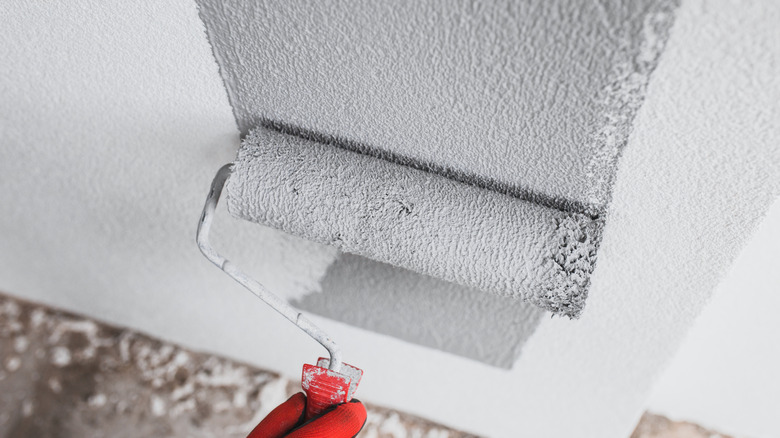Why You Should Consider Using Tinted Primer When Painting Your Walls
Using a tinted primer before you start painting your walls can enhance paint coverage and keep the color consistent. Because it acts as a base coat, it helps improve the coverage by allowing the paint to adhere better and is often formulated to closely match the color of the final paint so this ensures consistency. Certain types of tinted primers also have excellent stain-blocking properties.
Primer also helps even out the appearance of the wall surface, hides imperfections, and can effectively keep water, smoke, nicotine, and other substances from bleeding through the paint, which is especially important when painting over stained surfaces or in areas prone to water damage. Applying a tinted primer can also save time and money — since it provides a solid base, the amount of paint required is reduced. This is particularly useful when transitioning from a dark color to a lighter one or when using expensive, high-quality paint.
What exactly is a tinted primer?
A normal primer is used to create an undercoat for the paint and is typically in a light, neutral color. This is ideal if you intend to paint the room with light colors, so the primer won't come through and produce a different final result. Tinted primers, however, have added colorants and are designed to be used as a base coat before applying darker paint color. The purpose is to provide a solid foundation for a specific shade of paint, which makes it better than a standard, neutral primer.
Tinted primer helps you achieve a more accurate representation of the color you want and minimizes any variations. Unless you want a really bright end result, it shouldn't be the exact same color as the paint. White primers are great for most light colors while gray is better for deep, dark paint finishes. Such shades in red or blue, for example, would need a tinted primer that is in the appropriate shade of gray.
How to choose a tinted primer for your paint project
When choosing a tinted primer, it's important to select one that is compatible with the type of paint you intend to use. Different brands offer variations in the features and benefits of their tinted primers, so assess your project requirements, consult with experts if needed, and select a tinted primer that best suits your needs. Based on the final color you want for your walls, start by looking for a tinted primer that is slightly lighter then consider its compatibility with your paint type.
Shellac-based primers are the best for covering stains from water and smoke damage, but release a lot of fumes into the atmosphere. Oil-based primers go well with oil and latex paints and are good for hiding water and ink stains, but take a long time to dry and also release a lot of fumes. Latex primers dry fast and are easy to clean, but won't hide stains as well. Whichever you choose, always follow the manufacturer's instructions and recommendations, from proper application techniques to drying times.


